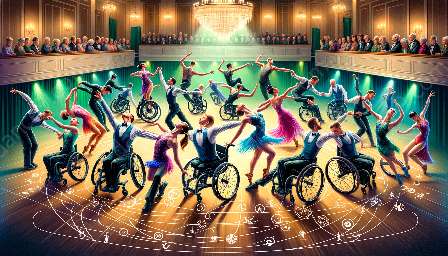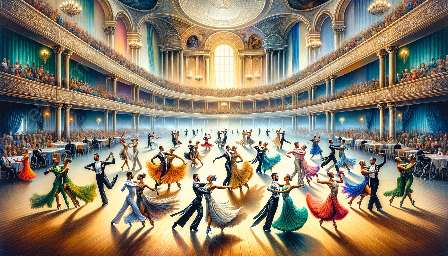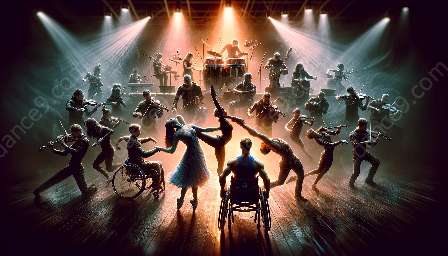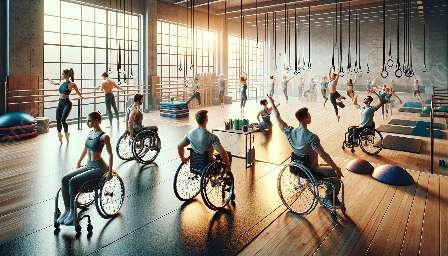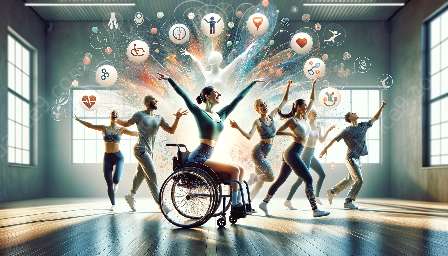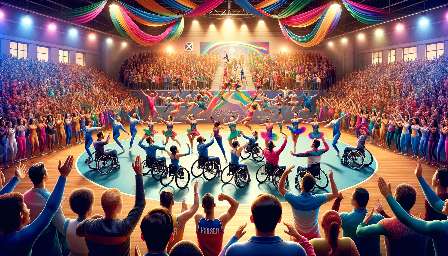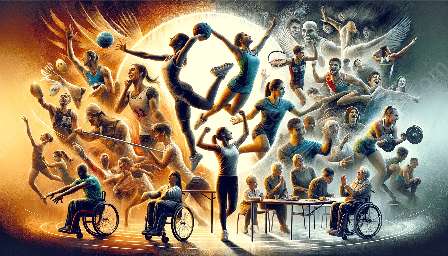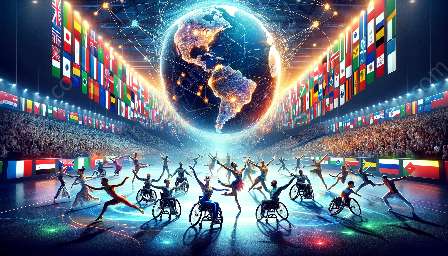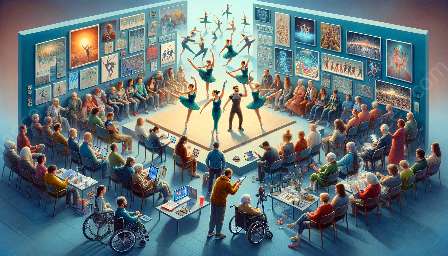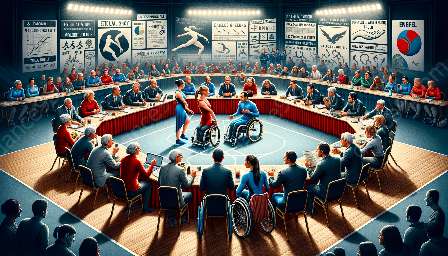Para dance sport competitions require immense physical and mental preparation, and managing fatigue and overtraining is crucial for ensuring peak performance. As para dancers train and condition themselves for the world para dance sport championships, it's essential to employ effective strategies to prevent burnout and maximize their potential.
Understanding the Challenge
Dancers in the para community face unique challenges in managing fatigue and overtraining. Their bodies may have different needs and responses compared to able-bodied dancers, and they often require tailored training and conditioning programs to support their specific requirements. Additionally, the pressure of preparing for a high-stakes competition like the world para dance sport championships can add to the mental and physical strain.
Strategies for Effective Management
1. Periodization
Utilizing periodization in training and conditioning can help para dancers avoid overtraining. By dividing the training cycle into specific periods with varied intensity and focus, dancers can ensure adequate recovery and minimize the risk of burnout. Coaches and trainers should tailor periodization plans to meet the individual needs and capabilities of para dancers.
2. Recovery Protocols
Implementing comprehensive recovery protocols is essential for managing fatigue. Para dancers can benefit from techniques such as massage therapy, contrast baths, and active recovery exercises to enhance their body's ability to bounce back from intense training sessions. Adequate sleep, hydration, and nutrition also play a critical role in supporting recovery.
3. Monitoring Workload
Tracking training loads and monitoring performance metrics can help para dancers and their support teams identify signs of overtraining. Utilizing technology such as heart rate monitors, fitness trackers, and training logs allows for a more accurate assessment of the physical strain placed on the body, enabling adjustments to be made as needed.
4. Mental Wellness Support
Recognizing the psychological impact of competition preparation, providing mental wellness support is essential. Para dancers can benefit from access to sports psychologists, mindfulness training, and relaxation techniques to manage stress and maintain a positive mindset throughout their preparations.
Training and Conditioning for Para Dance Sport
The training and conditioning programs designed for para dancers should be tailored to accommodate the specific needs and abilities of individuals within the para dance sport community. Coaches, trainers, and sports scientists play a crucial role in creating training plans that address mobility limitations, ensure injury prevention, and optimize performance.
1. Functional Movement Training
Developing functional movement patterns is imperative for para dancers. Emphasizing exercises that enhance stability, mobility, and coordination specific to the demands of dance sport can help improve overall performance and reduce the risk of overuse injuries.
2. Strength and Conditioning
Utilizing strength and conditioning routines tailored to the unique needs of para dancers can help build resilience and prevent overtraining. Targeted exercises that focus on muscle balance, power, and endurance are essential for enhancing performance while minimizing the risk of fatigue-related issues.
3. Flexibility and Mobility Training
Given the intricate movements involved in para dance sport, flexibility and mobility training are vital components of the conditioning program. Incorporating stretches, dynamic movements, and proprioceptive exercises can enhance range of motion and reduce the likelihood of overuse injuries associated with repetitive dance techniques.
World Para Dance Sport Championships
The world para dance sport championships represent the pinnacle of competition for para dancers, and the preparation process demands a comprehensive approach to managing fatigue and overtraining. Athletes and their support teams must prioritize both physical and mental well-being to achieve optimal performance at this prestigious event.
1. Tailored Preparations
Adapting preparations specifically for the world para dance sport championships involves fine-tuning training and conditioning programs to align with the demands of the competition. Tailored strategies aimed at peaking at the right time while avoiding burnout are essential.
2. Performance Nutrition
Optimizing nutrition plays a significant role in managing fatigue and overtraining. Athletes need to fuel their bodies with the right balance of macronutrients and micronutrients to support energy production, recovery, and overall well-being throughout the rigorous training and competition periods.
3. Mental Preparation
Mental resilience and preparation are equally crucial as physical training. Athletes competing at the world para dance sport championships benefit from mental performance coaching, visualization practices, and a supportive team environment to help them remain focused and composed amidst the high-pressure environment.
Conclusion
Effectively managing fatigue and overtraining is a multifaceted endeavor for para dancers as they prepare for dance sport competitions, particularly the world para dance sport championships. Through tailored strategies, comprehensive training and conditioning programs, and a holistic approach to mental and physical well-being, para dancers can optimize their performance while safeguarding against burnout.




